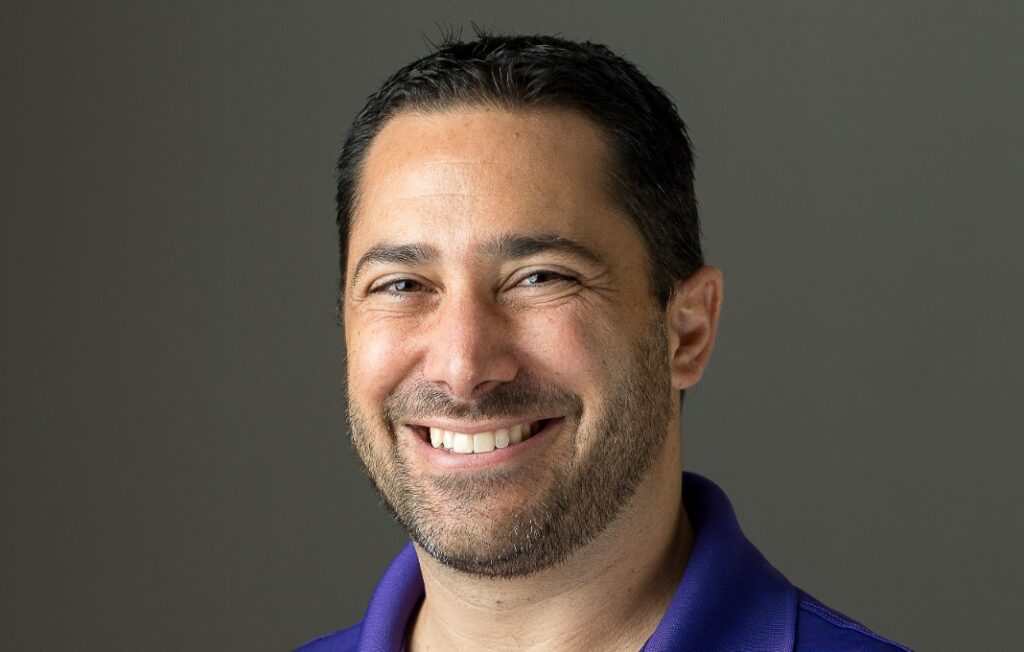You would have had to be living under a rock this month to not catch at least one piece of content around mental health in the workplace. May is mental health awareness month, and in our modern places of business, it has become—not just this month—a very important piece of conversation for leadership teams.
With reason.
When we polled CHROs earlier this month on the state of their workforce’s well-being, the 138 HR chiefs participating in the survey gave an average rating of 6.5 on a 10-point scale where 10 is Very Happy/Buoyant and 1 is Unhappy/Dispirited. Not a bad grade but also not a hip hip hooray.
We asked CEOs the same question—the same week—and they gave us a rating of 6.8. Better but still relatively low considering that when we asked them to rate their own level of happiness, they gave it 7.2/10. CHROs gave themselves a similar grade: 7.3/10.
So, what is driving down CHROs’ and CEOs’ confidence in their employees’ mental wellness relative to their own? Turns out, while companies are placing emphasis on providing greater flexibility and an overall more inclusive culture—the two biggest drivers of happiness in the workplace, according to our survey—mounting workloads and an increasing pace of work are negating their effects.
Half of the CHROs we polled said “Workloads/Pace of Work/Deadlines” was a detractor from their workforce’s satisfaction and wellness on the job, though only 15 percent of CEOs agree with that observation. In fact, CEOs more commonly list “External Factors” as detractors to happiness at work.
Regardless of the source, three-quarters of the CHROs polled said their organization offers the right resources and programs to support mental wellness, along with a culture that allows everyone to make use of their vacation days to disconnect and recharge. Only a quarter said their organization’s culture makes it difficult for employees to balance their work and home commitments.
Offering [the Right Kind of] Support
The great majority of CHROs report having been approached by employees regarding the company’s mental health resources, and half said employee demand actually drove leadership to expand benefits in that regard.
The benefits most commonly offered, our survey found, include mental health coverage (such as counselling), 24/7 telehealth assistance and a supportive PTO policy. Paid leave was also relatively common, with 72 percent of our respondents, as was flexible work (66 percent).
Summer Fridays, “Zen Spends,” onsite health clinics, EAPs, parental leave, menopause care and access to non-denominational religious resources were among the other benefits that CHROs said were offered by their organizations.
While the cost of those benefits played an important role in determining what would be included in the program, according to 52 percent of CHROs, the two main goals driving the investment are better employee engagement (84 percent) and happier employees (81 percent). Greater productivity and innovation, as well as lower absenteeism and attrition rates all ranked much lower on the list, indicating employee well–being has been central to most companies’ mental wellness offering.
Whether mental health benefits can, in fact, lead to better employee engagement and happier employees remains to be seen, however. While a quarter of those participating in our poll said their program was too young to make that assessment, 55 percent said they had not yet measured the ROI of their mental wellness programs—and the others were divided between a positive vs. neutral ROI.








